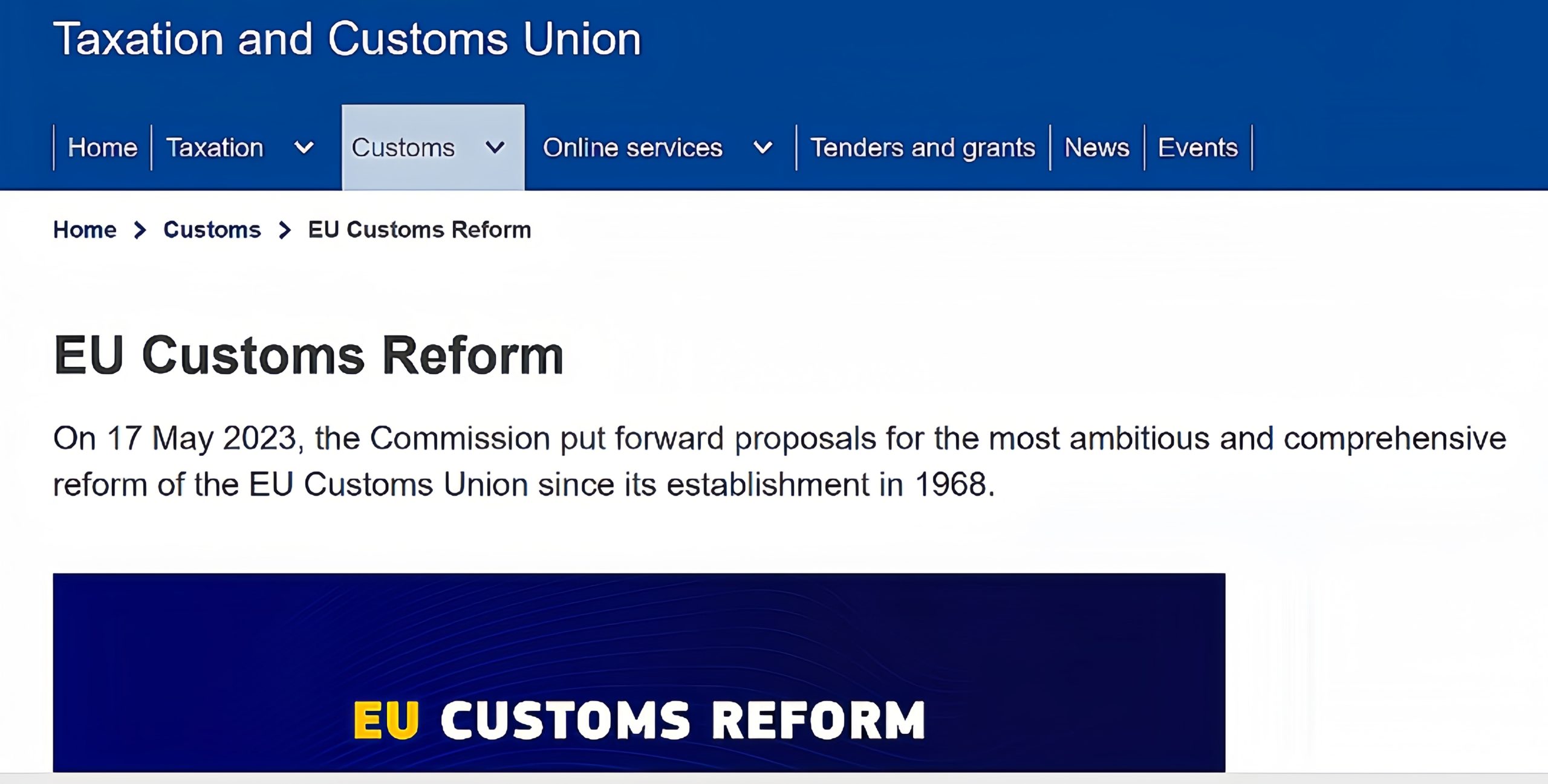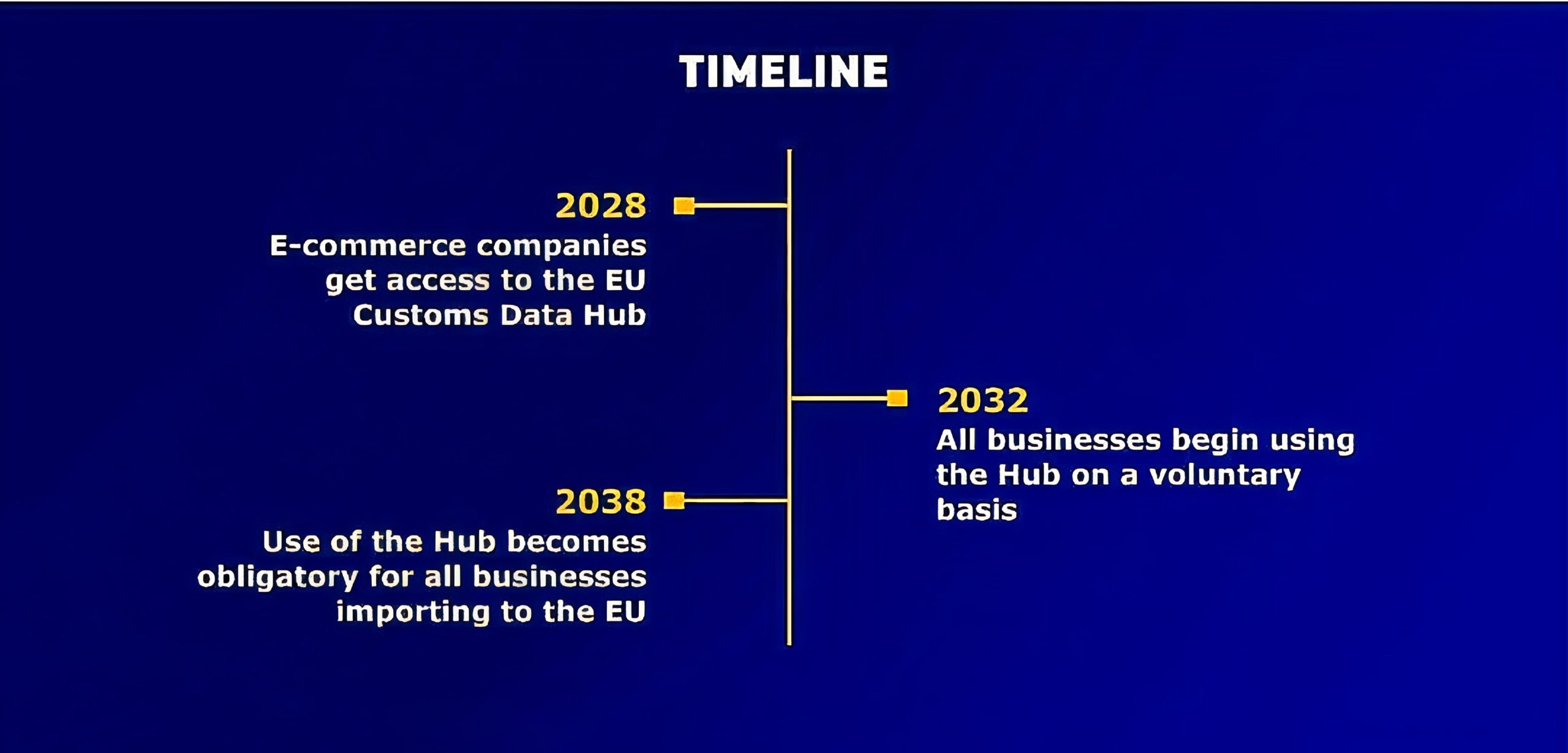The European Commission has officially reported that the EU is undertaking a large-scale reform of its customs system aimed at improving management efficiency, realizing real-time supply chain tracking, and increasing fiscal revenues. Among the planned reforms are the creation of a European-wide customs authority and the abolition of the €150 customs duty exemption. So far, goods below this value have not been declared as imports. However, the abolition of the exemption will make it possible in the future for goods of significantly lower value to be declared at customs, generating additional revenue for the EU of up to €750 million per year, which will flow directly into the EU budget. The primary goal of this reform is to centralize the customs system across Europe. By creating a new EU-wide customs service, the EU will be able to realize the goal of mapping all supply chains in real time. It is expected that the new organization will be formally established by 2028 to ensure the smooth implementation of the reform process.

The Commission said it was the most ambitious and comprehensive reform proposal for the EU Customs Union since its creation in 1968.
Three Key Points of the EU Customs Reform Proposal
01
Creating new partnerships with businesses

The new EU Customs Data Center will aggregate data provided by companies and provide authorities with a 360-degree overview of the supply chain and movement of goods through machine learning, artificial intelligence and human intervention.
At the same time, companies will only need to interact with one portal when submitting customs information, and will only need to submit data once for multiple shipments. The Trust & Check category enhances the existing Authorized Economic Operator (AEO) scheme for Trusted Traders, whereby the most trusted traders ("Trust & Check" traders) will be able to release their goods into circulation in the EU without any active customs intervention at all, in the case of full transparency of certain business processes and supply chains. The Trust & Check category enhances the existing Authorized Economic Operator (AEO) scheme for trusted traders.
The EU Customs Data Center will allow goods to be imported into the EU with minimal customs intervention and without compromising safety, security or anti-fraud requirements.
Under the proposal, e-commerce consignments will be opened in data centers in 2028, followed (on a voluntary basis) by other importers in 2032, bringing immediate benefits and simplification.Trust & Check traders will also be able to clear all imported goods with the customs authorities of their member states, regardless of where the goods enter the EU.
02
A Smarter Approach to Customs Checking
The proposed new system will give customs authorities a bird's eye view of the supply chain and production process of goods entering the EU. All member States will have access to real-time data and will be able to aggregate information to respond to risks faster, more consistently and more effectively.
Artificial Intelligence will be used to analyze and monitor data, and to anticipate problems before goods start moving to the EU. This will enable EU customs authorities to focus their efforts and resources where they are most needed: on stopping unsafe or illegal goods from entering the EU, and on upholding the growing number of EU laws that prohibit certain goods that go against the EU's shared values - for example, in the areas of climate change, deforestation, forced labor, and so on.
03
A more modern approach to e-commerce [and elimination of the current tariff-free threshold for goods valued at less than €150].

The reforms will make online platforms key players in ensuring that goods sold online into the EU comply with all customs obligations. This is a significant departure from the current customs system, which places the onus on individual consumers and carriers.
The online platform will be responsible for ensuring that customs duties and VAT are paid at the point of purchase, so that consumers are no longer hit with hidden fees or unexpected paperwork when their parcel arrives. With the online platform as the official importer, EU consumers can rest assured that all duties and taxes have been paid and that their purchases are safe and comply with EU environmental, safety and ethical standards.
At the same time, the reform removes the existing threshold for exempting goods valued at less than €150, which was heavily exploited by fraudsters.
The European Commission claims that up to 65% of such direct mail parcels entering the EU are currently undervalued to avoid import tariffs.
The reform also simplifies the calculation of customs duties on the most common low-value goods purchased from outside the EU, reducing the thousands of possible tariff categories to just four. This will make it easier to calculate customs duties on small parcels, helping platforms and customs authorities better manage the 1 billion e-commerce purchases that enter the EU each year. It will also eliminate the possibility of fraud. The new, tailor-made e-commerce regime is expected to generate an additional €1 billion per year for Customs.
This will be the second major change to import trade in recent times. Two years ago, the €22 sales tax exemption on imports was reduced, leading to the taxation of low-priced goods. Now the major reform of EU tariffs will have a significant impact on the development of many e-commerce markets in Europe. This means that e-commerce platforms and sellers will be subject to more transparent and stricter regulation in the future.
The road to gold is more difficult to go, the layout of the European market sellers also need to be mentally prepared in time, in actively seeking and expand their own advantages at the same time, but also can pay more attention to some of the emerging markets are rising rapidly.